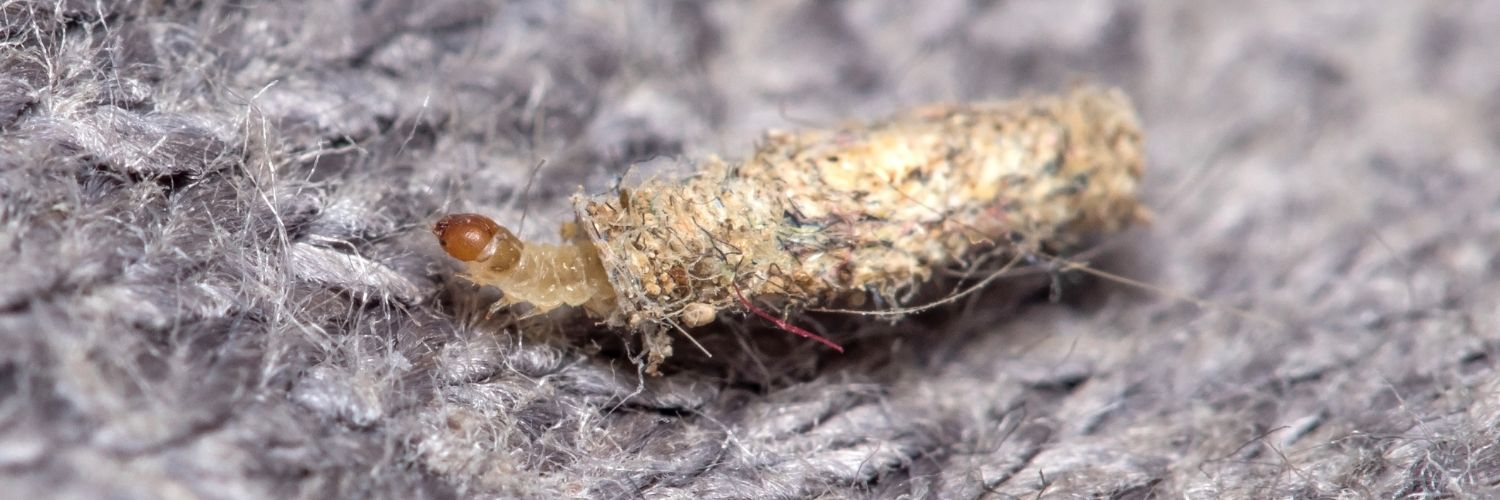Of the order diptera, houseflies are considered filth flies, two words that have a most distasteful ring to them. They are found indoors and outdoors, primarily during the warmer months of the year.
While sitting at my desk the other day, waiting for the fire to catch in the hearth and heat the lofty, spacious office that I carried my work out in, I heard the very distinct “buzz” of a housefly. I stopped the dissection that I was carrying out (of a fly, actually, which sounds too ironic) and sat there, looking this way and that at the windows, the ceiling and the walls, determined to find that disease-carrier and send it to its eternal resting place. But, alas, I never did see it again on that cold, blustery morning.
What are houseflies?
Houseflies are dark gray flying insects with a small, oval-shaped body, two wings that overlap on their back, large compound eyes, and measure, as adults, 5 mm to 7 mm in length. (This is anywhere from three quarters to two quarters and three nickels stacked up on its side.) They display two antennas and a mouthpart—a soft spongy structure that dabs at liquids and then sucks them up. If you weren’t yet disgusted when I wrote the words “filth flies” above, you probably are now. Conjuring up an image of a soft and spongy straw-like tube that sucks liquids up is most disagreeable in my mind.
There are actually many positive attributes to the housefly, too. Let’s save that interesting talk for another day though, shall we?
Where do flies come from?
Houseflies generally don’t travel very far. Though they have been known to traverse the world (up to 20 miles from where they were hatched), they usually stay within one to two miles of where they were born.

Within the radius of that mile or two, they are attracted to moist, rotting organic material—both to feed on and to lay their eggs on. Unfortunately, this attraction brings them into contact with you, with me, and with our pets. It brings them into our homes.
So, if your trash can isn’t 100% clean 100% of the time (whose is?) and the lid isn’t tightly sealed, then you have identified one source of fly attractant. Do you also have a garden that you use chicken (or bat) manure in? Is your outdoor trash can near an open window or a screened-in window that might just have a small hole in it? Or do you occasionally leave the windows or doors in your house open, even for a wee moment, during warmer, summer months? (This may even be accidental. We all know that children aren’t brilliant at shutting doors.) Do you live on or near a farm? Does your pet’s food occasionally get wet? One last question: Is your weather stripping damaged or do you have torn screens that cover your windows and doors?
These might all help in your understanding of where the flies in your home are coming from.
Too, flies prefer warmer temperatures. If your home is warm and sticky with heat—perhaps because you turned the air conditioner down when you went on holiday—you’re more likely to attract flies. Houseflies prefer a temperature of 88 degrees Fahrenheit and will be drawn into warmer air currents emanating from your home.
How long do flies live?
The lifespan of an adult housefly is generally 15 to 25 days, depending on the temperature and living conditions of their environment. In temperate regions, or those with moderate rainfall and milder seasons, as many as 10 to 12 generations may occur; whereas in subtropical or tropical regions, or those with wet climates, no distinct seasons and uniformly high temperatures, more than 20 generations can occur annually. So, if you live in temperate Oregon or Montana, you’re not going to see hordes of flies all year round; but if you live in warm southern California or visit the rim lands of the Mediterranean Sea, you’re more likely to encounter them all year round (with the understanding that they’re reproducing all year round too).
What is the life cycle of a housefly?

To give a short overview of their life cycle, the female lays up to 500 eggs over a three to four day period. (She often lays them in close proximity to other females that are also laying eggs). The legless larvae, or maggots, emerge quite soon thereafter—in less than 24 hours. When the maggot is full-grown, which takes approximately one to two weeks, it crawls to a dry, cool place near breeding material and enters the pupal stage. The pupal stage, which is passed in a pupal case made from the last larval skin, occurs in just a matter of days. Then the fly-to-be, ready to emerge from its case, uses a fluid-filled pouch on its head like a hammer to break through the case and enters the last stage of its life cycle: adulthood. These adult houseflies first require food and then just want to mate. After copulation, the female flies off to find a most suitable environment to lay her eggs. The male often mates again and then dies.
Pocket Fact: Houseflies can hibernate during the winter in either their larvae or pupal stage.
Where do flies lay eggs?
Houseflies prefer to lay their eggs in warm, humid environments. Their eggs must remain moist in order to hatch. Such habitats include—
- Animal feces
- Carrion
- Human excrement
- Grass clippings or other garden waste
- Fermenting vegetable matter
- Kitchen waste
- Partially incinerated garbage
- Compost piles
Though it’s possible for flies to lay their eggs in your home, it’s unlikely, as most homeowners quickly clean up any obvious fly-attracting messes. The most common (and initially undetected) fly-laying-location would be in your wall void, crawlspace or attic, if an animal, such as a mouse, bird, rat, squirrel, raccoon or even an opossum, got into this space, died and is decaying.

Technically, flies can lay their eggs in your food. Given enough time, they will gladly take hold of this opportunity. Unfortunately, you won’t be able to see the eggs. On the bright side, the wiggling, creamy-colored maggots that appear just days later will be clearly visible. So, let’s not forget that slab of meat thawing out on the freezer in your garage (which you really shouldn't be doing anyways).
How do I get rid of flies in my house?
I’m glad you asked. That is, after all, what I'm here for. I can’t recommend The Fly Inn enough. Its placement is simple and its effectiveness is out of this world. The best part: Not only is it highly attractive, but once adhered to as a prominent "fly hangout" on a window in your home, it requires absolutely no work on your part.










